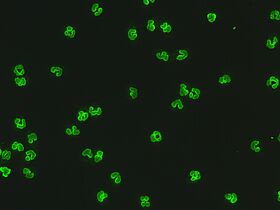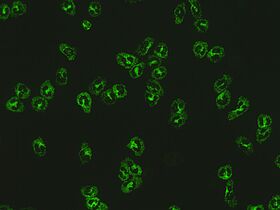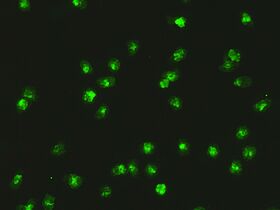Vascular diseases encompass a wide range of conditions that affect the blood vessels, impacting their function and structure. These conditions can be life-threatening if left untreated, and yet many individuals remain unaware of the risks and symptoms associated with vascular diseases. These diseases include atherosclerosis, peripheral artery disease (PAD), deep vein thrombosis (DVT), venous insufficiency, aneurysms, and vasculitis. While some risk factors like age and genetics cannot be changed, lifestyle choices such as diet, physical activity and smoking can significantly influence the development of these conditions.
Vasculitis
Vasculitis is a vascular disease which refers to the inflammation of blood vessels. This inflammation can lead to various symptoms and complications, depending on the type and location of the affected blood vessels. Vasculitis and other vascular diseases present a significant challenge for physicians due to their complex nature and potential life-threatening consequences. However, advancements in diagnostic methods have greatly improved the ability to identify and manage these conditions effectively. One of the most valuable tools in diagnosing and monitoring certain forms of small-vessel vasculitis is the detection of Antineutrophil Cytoplasmic Antibodies (ANCA).
ANCA Explained
ANCA are autoantibodies that target antigens found in the cytoplasmic granules of neutrophils and monocytes. These antibodies play a key role in the pathogenesis of certain autoimmune diseases, mainly ANCA-Associated Vasculitides (AAV). The three primary types of AAV are Granulomatosis with Polyangiitis (GPA; formerly called Wegener's Granulomatosis), Microscopic Polyangiitis (MPA) and Churg-Strauss syndrome (CSS).
Diagnosing ANCA-Associated Vasculitides
The diagnosis of AAV relies on a combination of clinical evaluation, imaging and laboratory tests, with ANCA detection being a crucial component. ANCA can be determined using various methods, but the standard method is Indirect Immunofluorescence (IIF) with ethanol-fixed neutrophil granulocytes as a substrate. Two distinctive fluorescence patterns can be observed: the cytoplasmic pattern (cANCA) and the perinuclear pattern (pANCA).
In GPA, cANCA is present in the majority of cases and is directed against Proteinase 3 (PR3). However, a small percentage of GPA patients may have cANCA directed against Myeloperoxidase (MPO) or both PR3 and MPO. In MPA and CSS, pANCA is observed and is predominantly directed against MPO.



Utility of ANCA Testing
ANCA testing is not only valuable for diagnosing AAV but also aids in monitoring disease activity. ANCA levels are usually high at presentation, decrease with treatment and can increase before clinical relapse. While ANCA titres have shown a good association with disease activity, they may not always reliably predict relapses.
EUROIMMUN's BIOCHIPs, consisting of ethanol (EOH)- and formaldehyde (HCHO)-fixed human granulocytes, serve as the standard for IIF diagnostics. These BIOCHIPs can also include HEp-2 cells with sedimented granulocytes to further enhance diagnostic accuracy. In addition, it is essential to interpret positive IIF results in conjunction with monospecific anti-PR3 and anti-MPO tests, such as ELISA, as not all cANCA and pANCA are positive in these tests. This combination approach ensures high specificity and sensitivity for ANCA detection. For this reason, the EUROPLUS technique was developed to enable the combination of conventional cell culture substrates with single antigens (PR3, MPO) on one test field, streamlining the interpretation of immunofluorescence patterns.
Vascular diseases can have a huge impact on an individual's health and well-being. Early detection enables timely intervention and better outcomes. Regular screenings detect problems before they worsen, promoting healthier lifestyles and risk management, leading to improved quality of life.



















